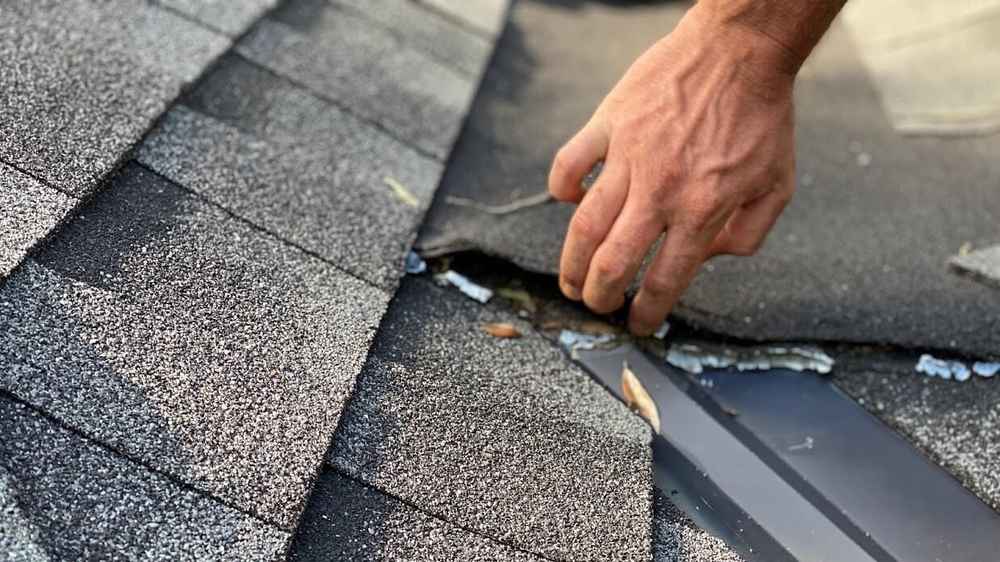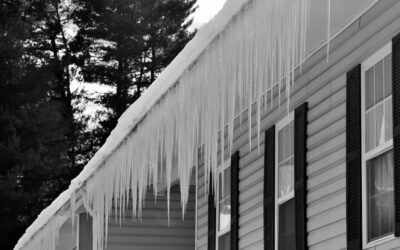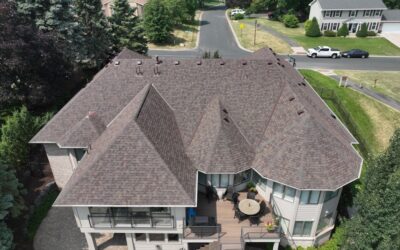Your roof is your home’s first defense against the elements, yet it’s often out of sight and out of mind—until a problem arises. So, how often should you have your roof inspected? The answer depends on your roof’s age, the materials used, local weather conditions, and whether your home has experienced recent storm activity.
Regular roof inspections can help you avoid costly repairs, extend your roof’s lifespan, and catch hidden damage before it becomes a major issue. At Keystone Roofing and Restoration, we recommend a proactive approach to roof inspections, especially for homeowners in regions like Minneapolis, where weather can be unpredictable and harsh.
In this blog, we’ll break down the ideal inspection frequency, what a roof inspection involves, and why it’s essential for your home’s long-term health.
How Often Should You Have Your Roof Inspected?
Twice Per Year is Ideal
Industry best practices suggest having your roof professionally inspected at least twice a year—once in the spring and once in the fall. These inspections can catch damage caused by winter storms or summer heat and prepare your roof for the coming season.
Additional Inspections Are Recommended After:
- Severe storms, especially hail or high winds
- Major snowfall or ice damming
- Roof repairs or renovations
- Buying or selling a home
By scheduling regular inspections and spot-checks after major events, you ensure that small issues are caught before they lead to leaks, rot, or structural concerns.
Why Regular Roof Inspections Matter
Understanding how often you should have your roof inspected isn’t just about numbers—it’s about long-term protection and peace of mind. A small problem like a cracked shingle or loose flashing can lead to water intrusion, mold, insulation damage, and even compromised structural integrity.
Key Benefits of Roof Inspections:
- Identify hidden damage before it spreads
- Extend the lifespan of your roofing system
- Improve energy efficiency by fixing ventilation or insulation issues
- Avoid costly emergency repairs
- Maintain warranty requirements for new roofs
According to the Federal Emergency Management Agency (FEMA), regular roof inspections are a critical step in home hazard mitigation and can reduce storm-related losses [source].
Factors That Influence Roof Inspection Frequency
1. Roof Age
Older roofs (15+ years) should be inspected more frequently, even every season, as they are more likely to develop wear and tear. Shingles become brittle, flashing can loosen, and underlayment may deteriorate with age.
2. Roofing Material
Different materials have varying levels of durability:
- Asphalt shingles: Inspect every 6–12 months
- Metal roofs: Every 1–2 years unless storm activity suggests otherwise
- Tile or slate: Annually, to check for cracked or slipped tiles
- Flat roofs: Inspect twice a year and after heavy rain
3. Local Weather Conditions
In climates like Minneapolis, where homes endure snow, ice, wind, and temperature swings, inspections should be more frequent—especially in spring after winter thaw and in fall to prepare for the cold season.
4. Tree Coverage and Debris
Homes surrounded by large trees may experience more issues with clogged gutters, moss growth, or falling branches. These homes should be inspected more frequently to keep roof systems clear and functional.
What Happens During a Roof Inspection?
A thorough roof inspection goes beyond a quick visual check. At Keystone Roofing and Restoration, we follow a comprehensive inspection process to identify any immediate or future issues.
What We Look For:
- Shingle condition: Cracks, curling, missing granules
- Flashing and seals: Around chimneys, vents, and skylights
- Gutters and drainage: Blockages, rust, and alignment issues
- Moss, algae, or mold: Indicators of excess moisture
- Structural concerns: Sagging areas or water damage
- Interior signs: Water stains on ceilings, attic leaks, or insulation issues
A professional roof inspection also documents findings and provides a clear action plan, whether your roof is in great shape or needs repair.
Roof Inspections Help Prevent Costly Surprises
Most homeowners don’t realize there’s a problem with their roof until a visible leak or ceiling stain appears. By then, the damage is often extensive. Roof inspections catch issues early—before they turn into expensive emergencies.
Examples of Common Issues Found During Routine Inspections:
- Small punctures or holes from wind-blown debris
- Nail pops or loose shingles from seasonal temperature changes
- Subtle flashing gaps that let water seep in slowly
- Improper roof ventilation leading to condensation and mold
According to the National Roofing Contractors Association (NRCA), preventative maintenance, including regular inspections, can extend a roof’s lifespan by up to 50% [source].
Can I Inspect My Roof Myself?
It’s possible to perform a basic visual inspection from the ground or with binoculars. You can also look for signs of trouble inside the home, such as:
- Water stains on ceilings
- Musty odors in the attic
- Drafts near upper levels of the house
However, a professional roof inspection offers a more detailed evaluation, including access to hard-to-reach areas, safety equipment, and experience identifying early warning signs.
We recommend a combination: do occasional self-checks, especially after storms, but schedule at least one or two professional inspections per year.
What If My Roof Passes Inspection?
Even if your roof gets a clean bill of health, regular inspections offer valuable peace of mind. They also:
- Create a historical record of your roof’s condition
- Keep your home insurance provider satisfied
- Ensure warranties stay valid (many manufacturers require proof of regular inspection)
- Give you confidence in your roof’s performance heading into each new season
Proactive inspections help you plan and budget for future roof repairs or replacement without surprises.
Signs You Should Schedule an Inspection Immediately
Even if your roof was inspected recently, certain red flags mean you should call a professional right away:
- Visible sagging or uneven rooflines
- Water stains, leaks, or peeling paint on interior ceilings
- A recent hail or wind storm
- Missing, curled, or cracked shingles
- Granules in gutters
- Ice dams forming at roof edges in winter
Delaying an inspection can lead to more serious problems, from insulation damage to rotting roof decking.
How to Schedule a Roof Inspection with Keystone Roofing and Restoration
At Keystone Roofing and Restoration, we offer detailed, honest, and thorough roof inspections tailored to your specific needs. Our certified professionals are trained to catch issues others may overlook, helping Minneapolis-area homeowners protect their most valuable asset.
Whether you need a seasonal inspection, post-storm checkup, or you’re preparing to buy or sell a home, we’ve got you covered.
Don’t wait for damage to surface—stay ahead of problems.
Get a free estimate now and schedule your roof inspection with our experienced team today. A strong roof starts with smart maintenance.




